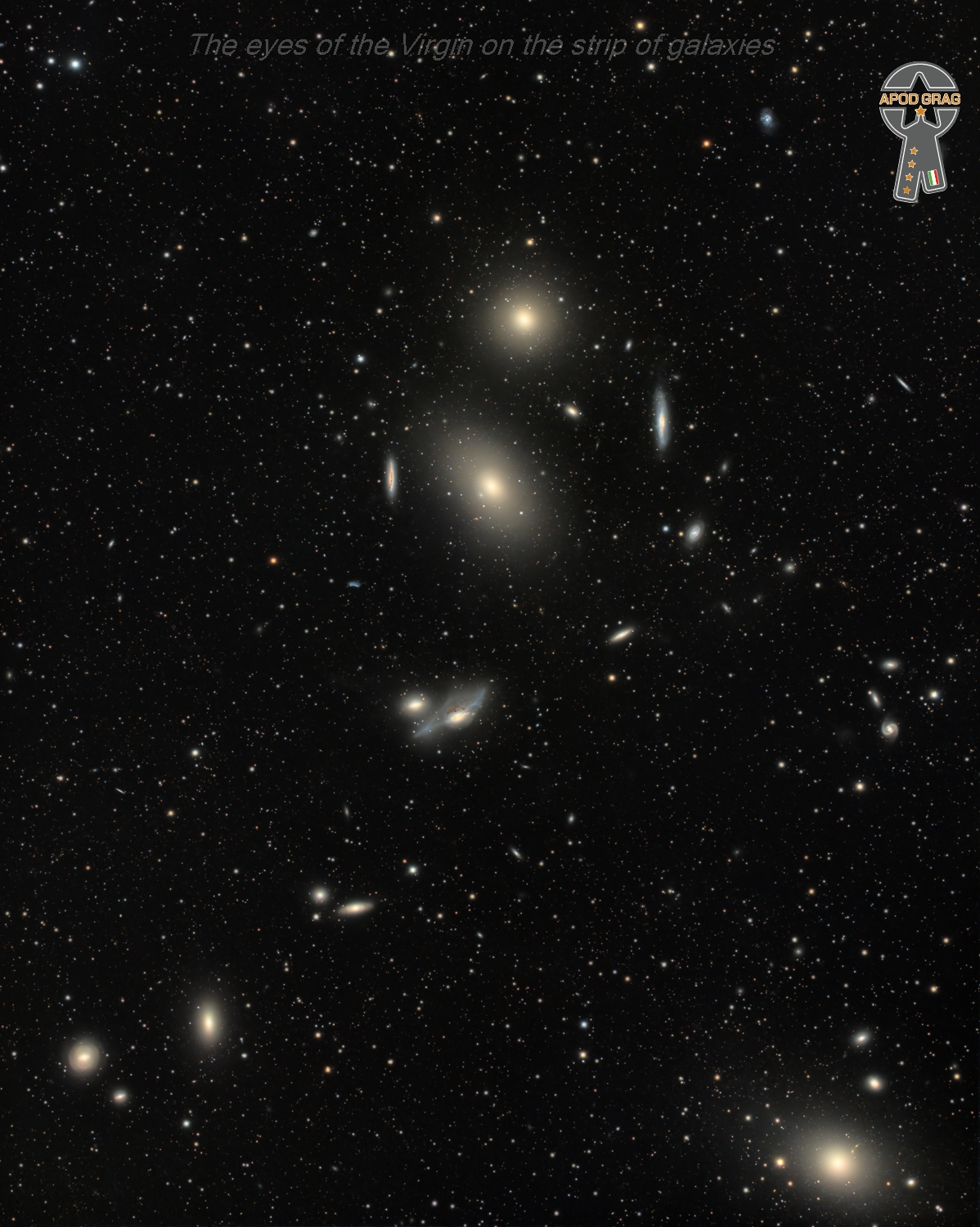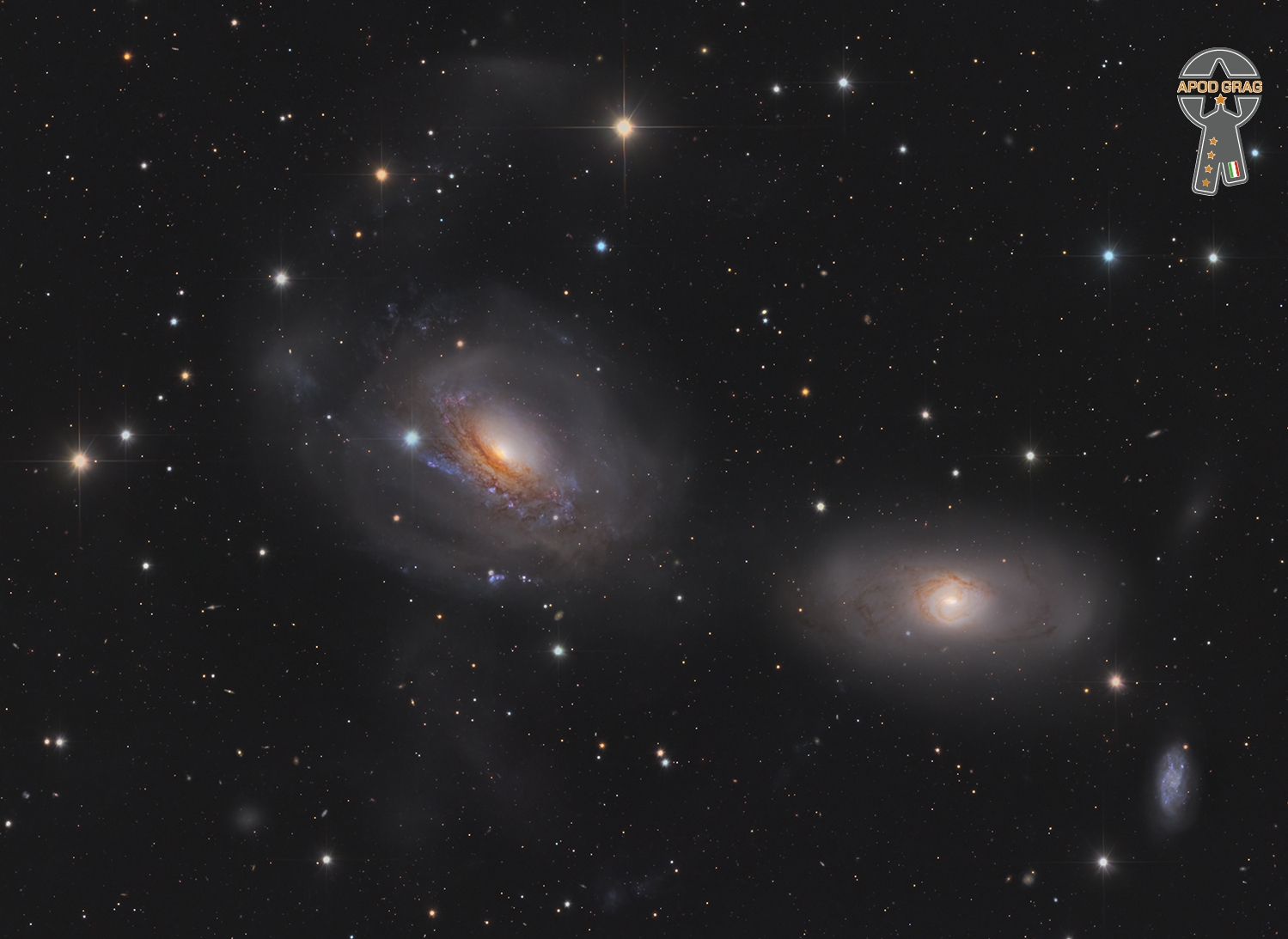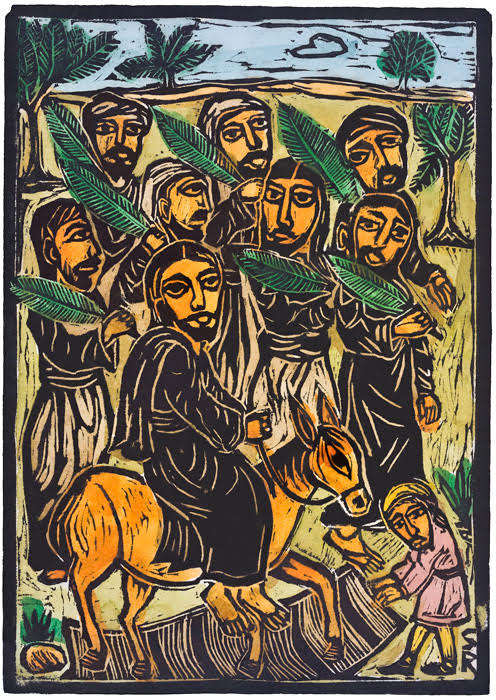Blog
The recording is Martin Ubwe, MP, David Burk and mick. The pic is the second version with Siama Matuzungidi in the late 90’s.
more...Edwin “Eddie” Marshall (April 13, 1938 – September 7, 2011) was an American jazz drummer.
Marshall was born in Springfield, Massachusetts. He played in his father’s swing group and in R&B bands while in high school. He moved to New York City in 1956, developing his percussion style under the influence of Max Roach and Art Blakey. Two years later he played in the quartet of Charlie Mariano and with Toshiko Akiyoshi; after two years’ service in the Army, he returned to play with Akiyoshi again in 1965. He worked with Mike Nock for a year in the house band of the New York nightclub The Dom, and also worked with Stan Getz and Sam Rivers, and accompanied Dionne Warwick on tours.
more...Markarian’s Chain is a stretch of galaxies that forms part of the Virgo Cluster. When viewed from Earth, the galaxies lie along a smoothly curved line. Charles Messier first discovered two of the galaxies, M84 and M86, in 1781. The other galaxies seen in the chain were discovered by William Herschel and are now known primarily by their catalog numbers in John Louis Emil Dreyer‘s New General Catalogue, published in 1888. It was ultimately named after the Armenian astrophysicist, Benjamin Markarian, who discovered their common motion in the early 1960s. Member galaxies include M84 (NGC 4374), M86 (NGC 4406), NGC 4477, NGC 4473, NGC 4461, NGC 4458, NGC 4438 and NGC 4435. It is located at RA 12h 27m and Dec +13° 10′. 50-60mly.

more...
John William Casady (born April 13, 1944) is an American bass guitarist, best known as a member of Jefferson Airplane and Hot Tuna. Jefferson Airplane became the first successful exponent of the San Francisco Sound.[1] Singles including “Somebody to Love” and “White Rabbit” charted in 1967 and 1968. Casady, along with the other members of Jefferson Airplane, was inducted into the Rock and Roll Hall of Fame in 1996.
more...Lowell Thomas George (April 13, 1945 – June 29, 1979) was an American singer, songwriter, multi-instrumentalist, and record producer. He was the primary guitarist, vocalist, and songwriter for the rock band Little Feat. Before forming Little Feat, he was a member of Frank Zappa‘s band the Mothers of Invention. On June 29, the morning after an appearance at Washington, D.C.’s Lisner Auditorium, where the bulk of Waiting for Columbus had been recorded in 1977, George collapsed and died of a heart attack in his Arlington, Virginia, hotel room at the Twin Bridges Marriott. His heart attack was caused by an accidental heroin overdose.
more...Albert Leornes Greene (born April 13, 1946), known professionally as Al Green, is an American singer, songwriter, pastor and record producer. He is best known for recording a series of soul hit singles in the early 1970s, including “Tired of Being Alone” (1971), “I’m Still in Love with You” (1972), “Love and Happiness” (1973), “Take Me to the River” (1974), and his signature song, “Let’s Stay Together” (1972). After his girlfriend died by suicide, Green became an ordained pastor and turned to gospel music. He later returned to secular music.
Green was inducted into the Rock and Roll Hall of Fame in 1995. He was referred to on the museum’s site as being “one of the most gifted purveyors of soul music”. He has also been referred to as “The Last of the Great Soul Singers”. Green is the winner of 11 Grammy Awards, including the Grammy Lifetime Achievement Award. He has also received the BMI Icon award and is a Kennedy Center Honors recipient. He was included in Rolling Stone‘s 2008 list of the “100 Greatest Artists of All Time”, ranking at No. 65, as well as its 2023 list of the “200 Greatest Singers of All Time”, at No. 10.
Green is a canonical Memphis soul artist. He collaborated closely with many of Memphis’s most notable R&B musicians; a long and prolific partnership with producer/arranger Willie Mitchell and the Hi Rhythm Section yielded Green’s greatest commercial success.
more...“A society based on cash and self-interest is not a society at all, but a state of war.” William Morris

Located approximately 75 million light-years away in the constellation Sextans, NGC 3169 is a striking spiral galaxy undergoing a gravitational interaction with its neighbor, NGC 3166. This cosmic encounter has resulted in dramatic distortions of its spiral structure, stretching out delicate tidal streams and stellar plumes that hint at the immense forces at play.
One of the most captivating features of NGC 3169 is its sweeping tidal tails, remnants of its ongoing interaction. These elongated structures tell the story of how galaxies evolve and reshape over time, driven by their mutual gravitational pull. The dark dust lanes, illuminated by the soft glow of starlight, weave through the galaxy’s core, adding to its rich complexity.
Adding to its intrigue, NGC 3169 also hosts an active galactic nucleus, believed to house a supermassive black hole. This powerhouse emits radiation across multiple wavelengths, from radio to X-rays, making it a fascinating subject for study.

more...
Herbert Jeffrey Hancock (born April 12, 1940 Chicago) is an American jazz musician, bandleader, and composer. He started his career with trumpeter Donald Byrd‘s group. Hancock soon joined the Miles Davis Quintet, where he helped to redefine the role of a jazz rhythm section and was one of the primary architects of the post-bop sound. In the 1970s, he experimented with jazz fusion, funk, and electro styles using a wide array of synthesizers and electronics. It was during this time that he released one of his best-known and most influential albums, Head Hunters.
Hancock’s best-known compositions include “Cantaloupe Island“, “Watermelon Man“, “Maiden Voyage“, and “Chameleon“, all of which are jazz standards. During the 1980s, he had a hit single with the electronic instrumental “Rockit“, a collaboration with bassist/producer Bill Laswell. Hancock has won an Academy Award and 14 Grammy Awards, including Album of the Year for his 2007 Joni Mitchell tribute album River: The Joni Letters. In 2024, Neil McCormick of The Daily Telegraph ranked Hancock as the greatest keyboard player of all time.
Since 2012, Hancock has served as a professor at the University of California, Los Angeles, where he teaches at the UCLA Herb Alpert School of Music. He is also the chairman of the Herbie Hancock Institute of Jazz (known as the Thelonious MonkInstitute of Jazz until 2019).
more...James D. “Shakey Jake” Harris (April 12, 1921 – March 2, 1990) was an American Chicago blues singer, harmonicist and songwriter. He released six albums over a period of almost 25 years. He was often musically associated with his nephew Magic Sam.
James D. Harris was born in Earle, Arkansas, and relocated with his family to Chicago, Illinois, at the age of seven. He played in several Chicago blues ensembles in the late 1940s. He also worked as a mechanic and as a professional gambler (his nickname came from a dice players’ expression, “shake ’em”). His debut recording was the single “Call Me if You Need Me”, backed with “Roll Your Moneymaker”, released by Artistic Records in 1958, featuring Magic Sam and Syl Johnson on guitar and produced by Willie Dixon. Harris was not paid for the session, but he won $700 shooting crapswith label owner Eli Toscano.
more...More Posts
- Bucky Green Day
- Charles Cow Cow Davenport Day
- World Music with Manuel Obregón
- Daily Roots with Bitty McLean
- Happy Earth Day 2018
- The Cosmos with M43
- Paul Chambers Day
- Charles Mingus Day
- Candido Camero Day
- World Music with The Croatian Radiotelevision Tamburitza Orchestra
- Daily Roots with the Revolutionaries
- The Cosmos with NGC 4319
- Slide Hampton Day
- Mundell Lowe Day
- World Music from Nene Tchakou
- Daily Roots with the Mad Professor
- Mt Zion Shabbat Service performance
- The Cosmos with M8
- Tito Puente Day






